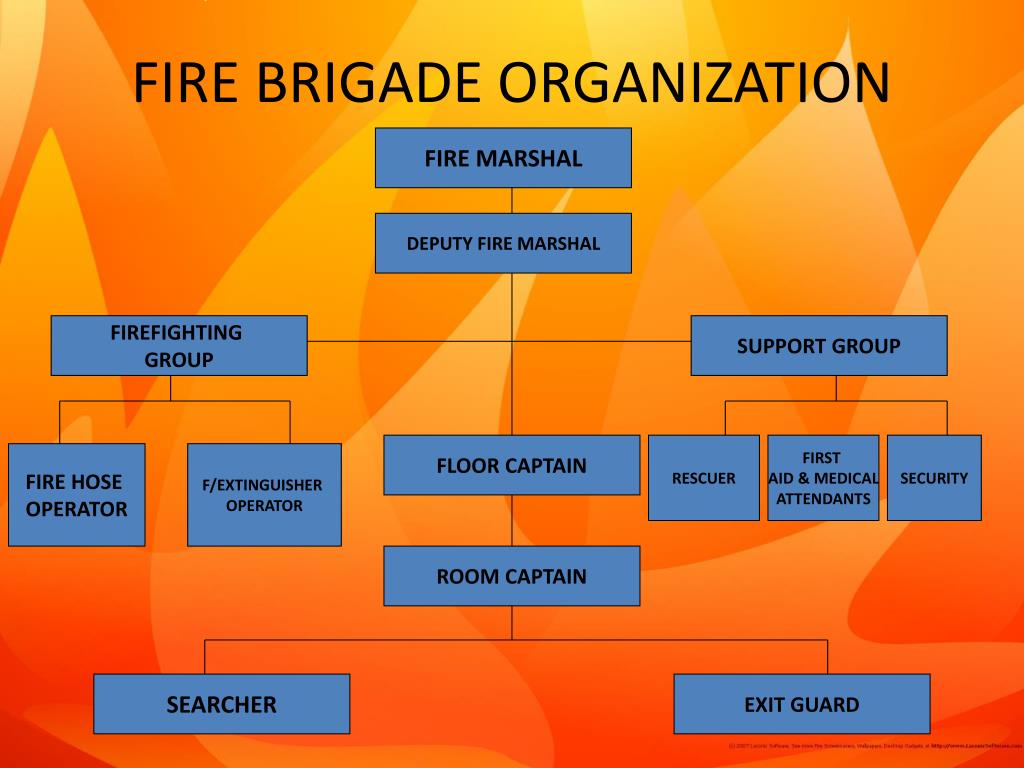Fire safety is not just a precaution; it’s a necessity. Sprinkler systems and emergency response drills act as a dual approach for fire prevention.
The primary role of sprinklers is to suppress flames quickly, well-trained teams ensure comprehensive safety. Together, these elements create a powerful fire safety plan.
The Basics of Sprinkler Systems
Fire sprinklers work to contain fire spread. Functioning based on heat sensitivity, these systems release water to affected areas.

Major strengths to use automatic suppression systems include:
- Immediate action: Limits the scope of the fire.
- Automatic functionality: Provides constant readiness.
- O que é o sprinkler?projeto sprinkler
- Individual sprinkler action: Limits water waste.
Why Fire Brigade Training is Crucial
Training for fire brigades develops responders to handle fire-related situations. While sprinklers handle the initial response, firefighters play an indispensable role.

Preparedness drills for brigades focus on the following areas:
- Understanding fire risks: Reducing the likelihood of fires.
- Practicing exit drills: Reducing panic during emergencies.
- Using extinguishers correctly: Gaining experience with tools.
How Sprinkler Systems and Fire Brigade Training Work Together
Sprinkler systems and fire brigade training create a balanced safety strategy. Sprinklers control the flames quickly, fire brigades handle residual risks.

The integration of systems and training minimizes damage for residential buildings, business properties, and industrial sites.
Why Both Sprinklers and Training Are Essential
An effective fire protection strategy incorporates sprinklers and brigade programs. Sprinkler systems reduce fire spread instantly, while fire brigade training prepares individuals for any scenario.
Ensure fire readiness for tomorrow by consulting experts in suppression technology. Advanced tools and skilled teams make all the difference!
Comments on “Why Fire Safety Technology and Emergency Response Training Are Critical”